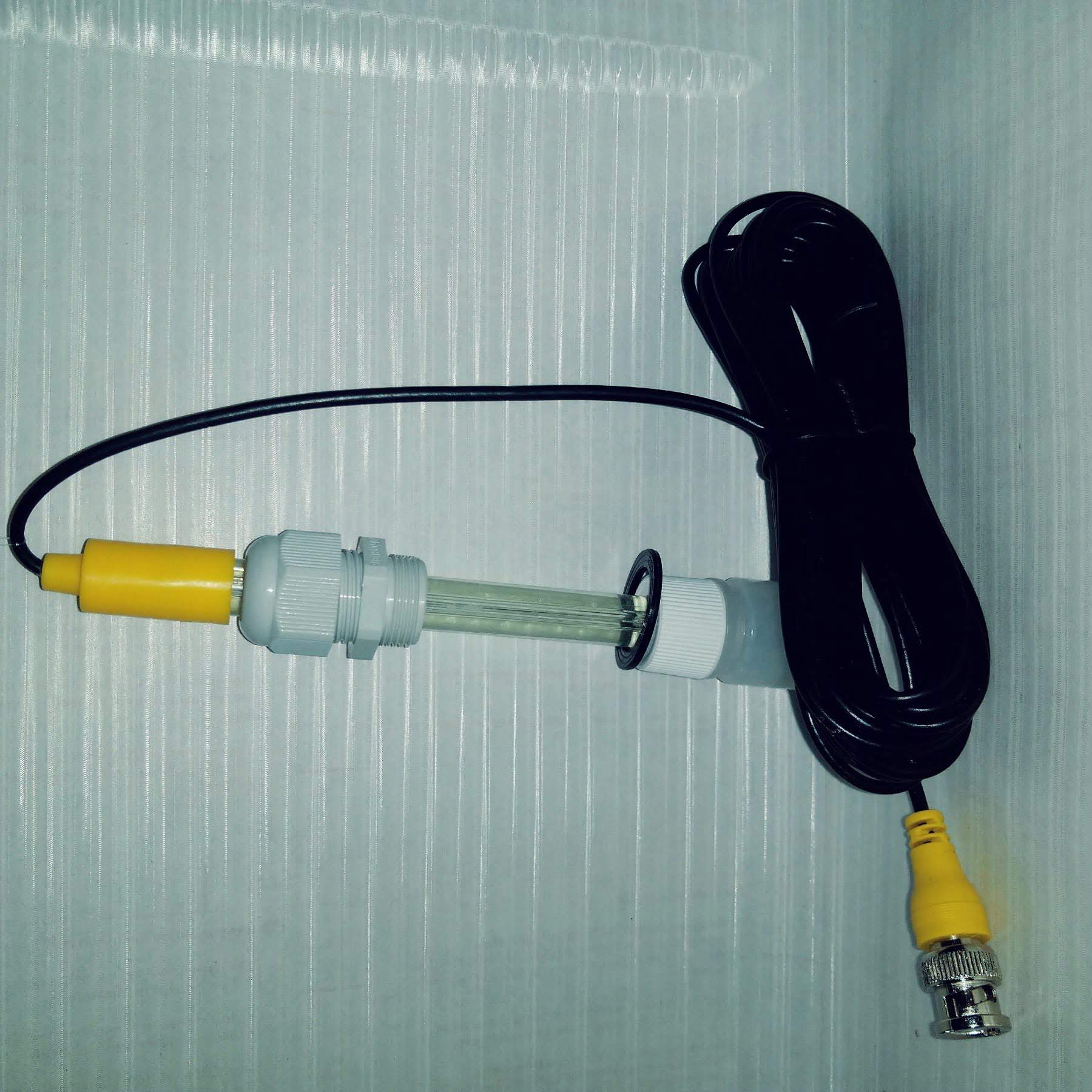Hello ,
Following your request.
1-Lifetime guaranteed 1 year. In 94% of cases> 3 years. (automatic exchange in case of problem).
2-Maintenance:
The lifespan of a probe varies from a few weeks to a few years depending on use and maintenance. Rest assured, a well-maintained pH or ORP probe can last several years without problems! When you receive your control device, the probe is protected by a cap filled with KCl (Saturated Potassium Chloride) solution. Keep this protective cap because it will be used for transporting and storing the probe.NB: When you receive the device, do not be alarmed by the presence of white salts on the tip of the electrode. This is a normal phenomenon due to evaporation via the diaphragm. A simple rinse in tap water will make them disappear. Importance of the calibration of the pH probe / Redox probe In order to function correctly, a probe is re-calibrated when the device is put into service, when it is put back into service in the spring and ideally every 2 months. The probe is calibrated using buffer solutions. These are easily found in specialist stores and are included in the instrument kit when purchased. Buffer solutions should be stored away from heat. Allow about 1 season of use. Advice for the pH probe: Always start with pH 7 then switch to pH 4 or pH 10. Maintenance of the pH probe / Redox probe The probe is a precision material. It is the most fragile element of your automatic pH or chlorine regulator. Basic principle: A probe must always be in water / or in a solution. Otherwise the probe dries up and dies! Then, a probe can be cleaned because it inevitably clogs over time (limestone, organic matter, etc.). So twice a year, it is recommended to soak the probe in solutions which will give it a new youth. Maintenance steps: To be carried out twice a year (Winterizing and Returning to service): • 1) Soak the probe for 1 hour in 10% hydrochloric acid (available on the market) • 2) Rinse the probe well with clean water (very important step) • 3) Soak the probe for 1 hour in bleach at 2.6% (to be found on the market) • 4) Rinse the probe with clear water. wintering: • 5) Store the probe in its original case with the KCl solution (or special “probe storage” solution), always with the vertical.Ma pH probe / Redox probe no longer works You can try: • To reproduce the steps described above for the maintenance of the probe • To shake the probe to evacuate any air bubble (as you do for a medical thermometer) Your products :
RedOx probe: https://phcenter.eu/fr/ syclope / 1586-replacement-ph-probe-for-syclope- referencecaa2504.html
PH probe:
https://phcenter.eu/fr/ syclope / 1588-replacement-redox-probe-for-syclope- referrencecaa2601.html
We remain at your entire disposal for all your questions.
Best regards.
Olivier Michaud
Phone: 02 61 77 01 89


.jpg)